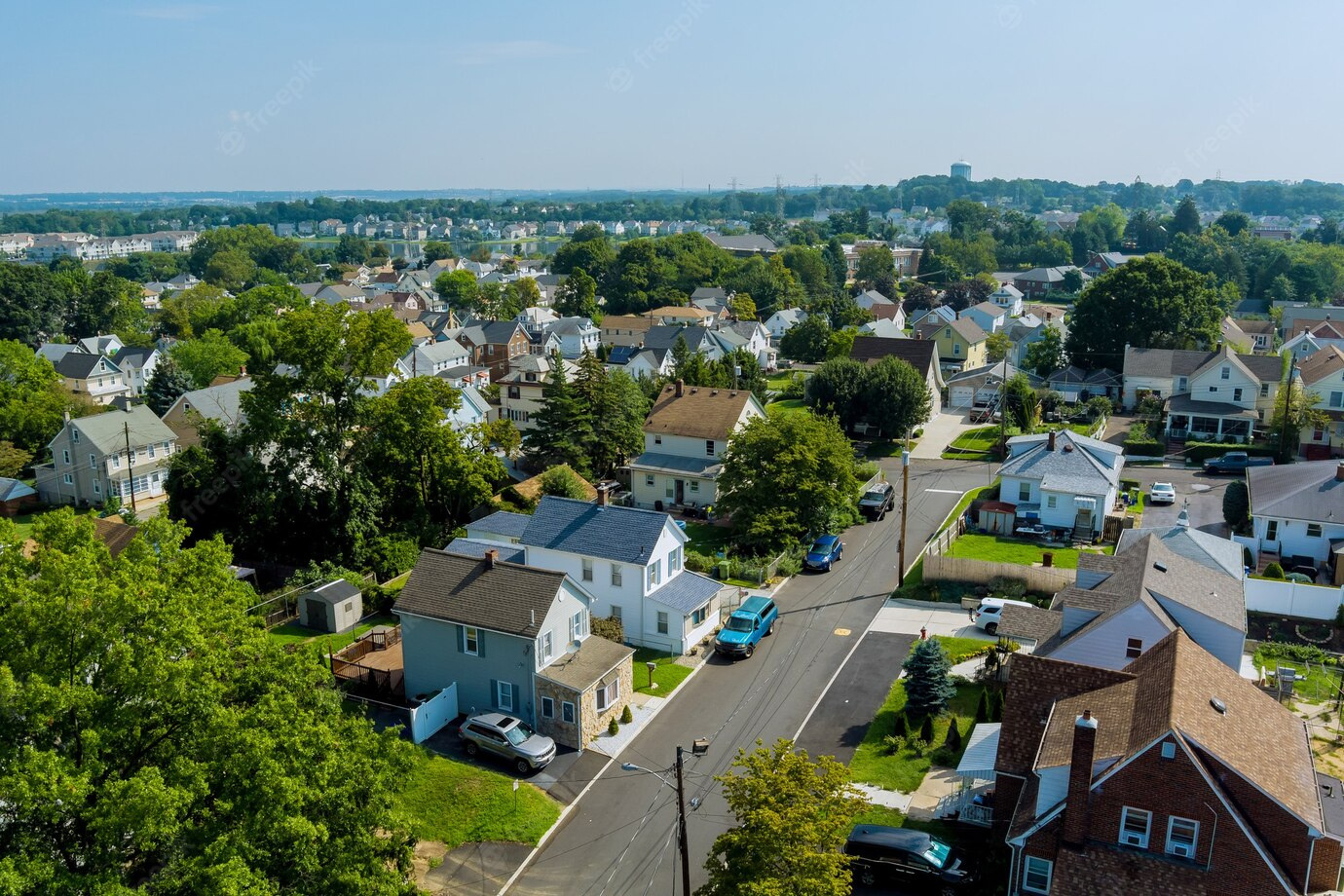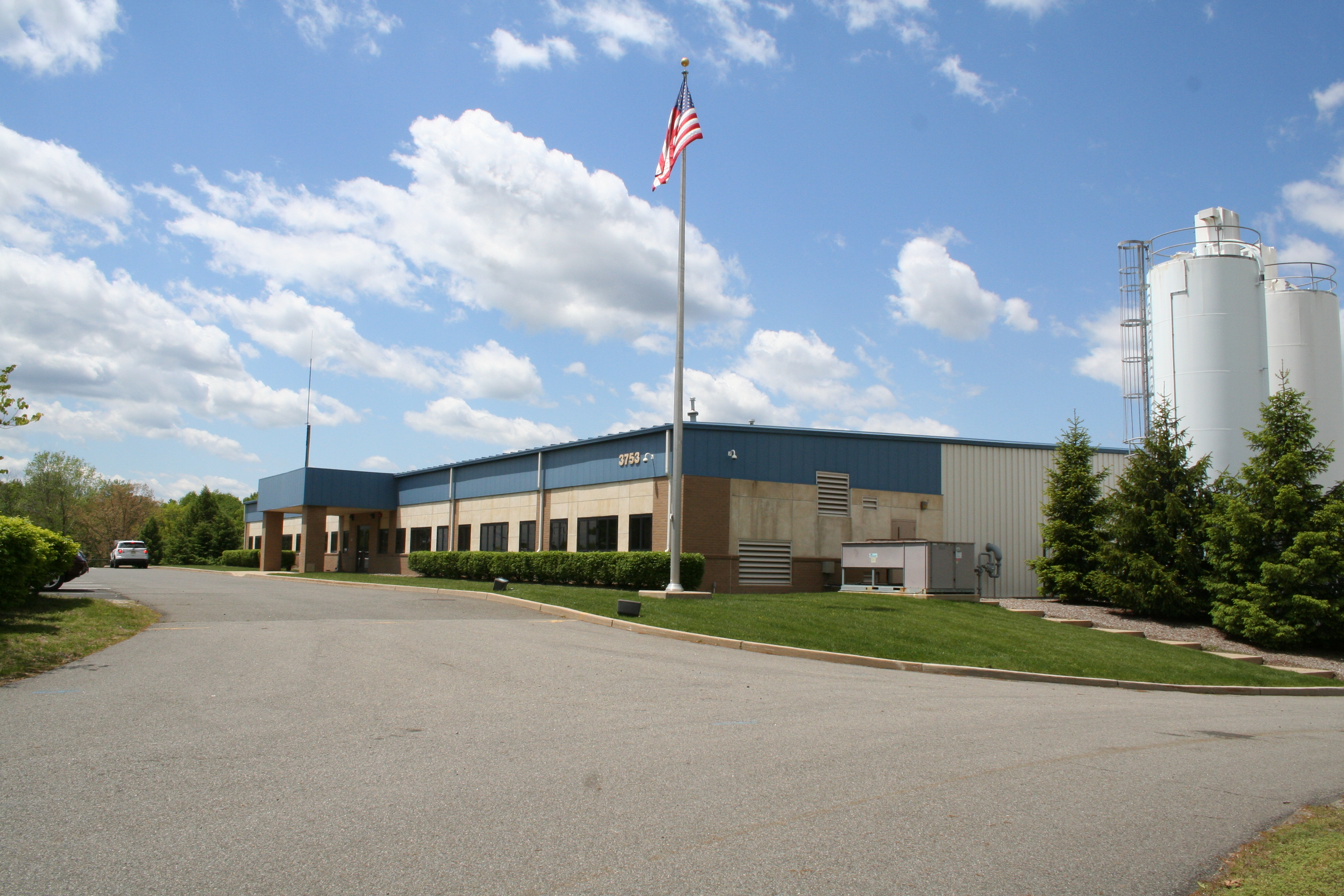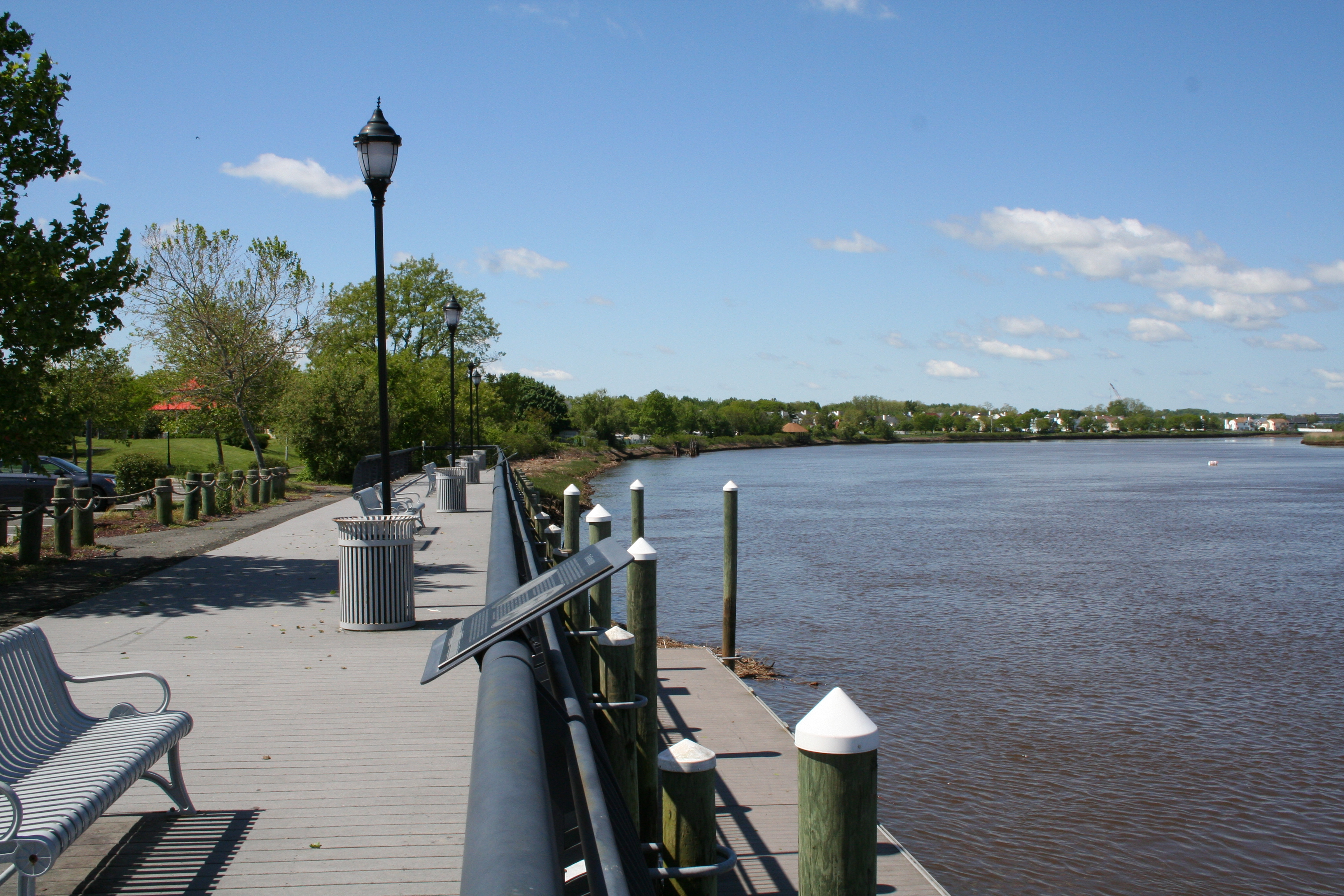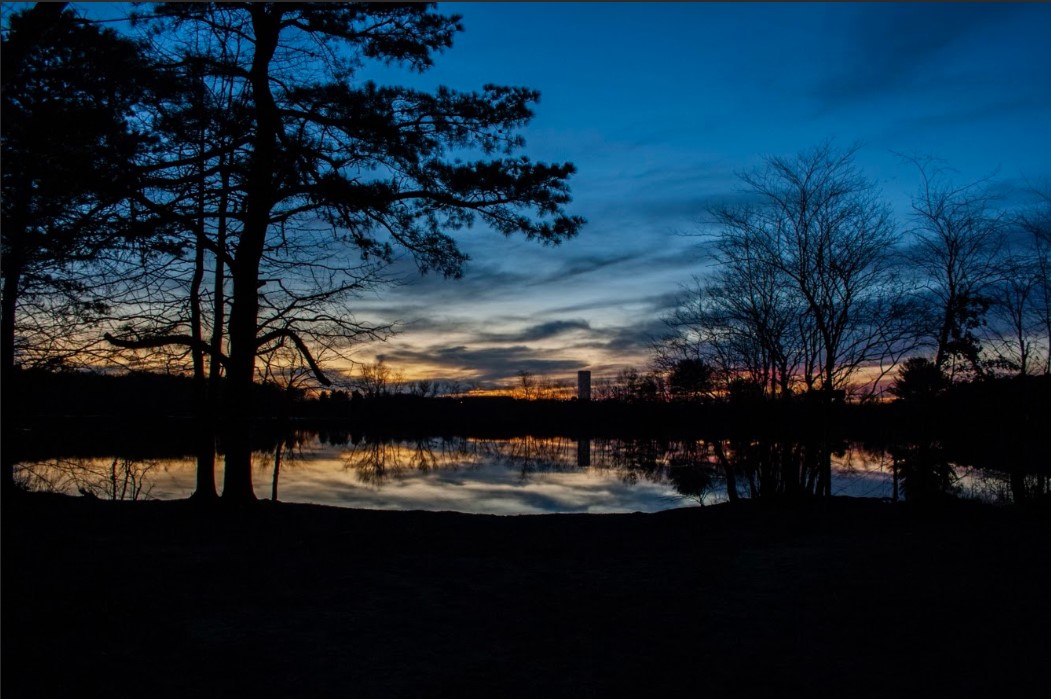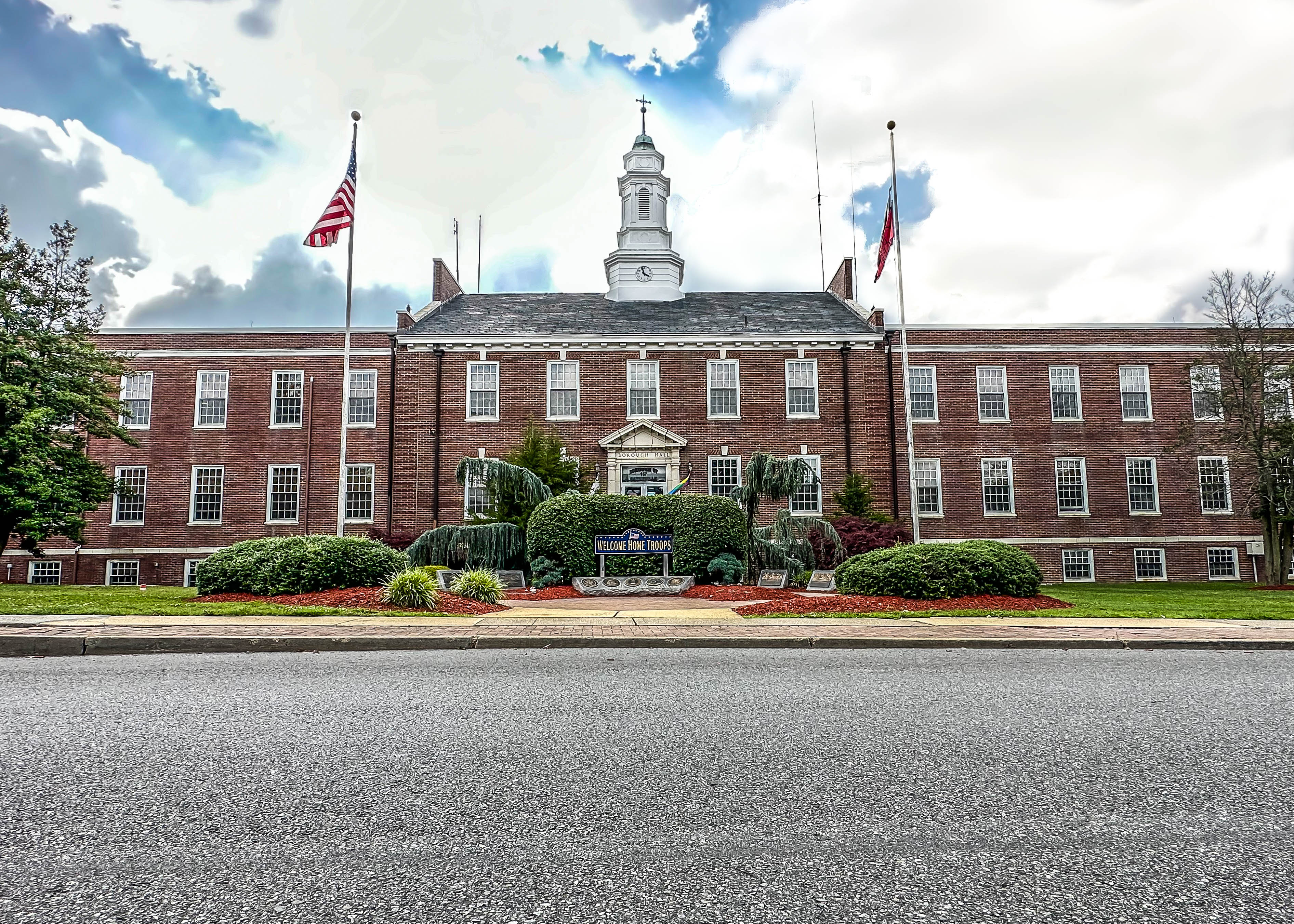Clean Communities
NJ Clean Communities Overview
New Jersey Clean Communities is a statewide, comprehensive, litter-abatement program created by the passage of the Clean Communities Act in 1986. The mission is to reduce litter in public places, promote the volunteer cleanup of public lands and sustain a reduction in litter through education. The Act provides a funding source for the program by placing a tax on fifteen categories of businesses that may produce litter-generating products. The program focuses on three areas: cleanup, education and enforcement. For more information on the state program visit njclean.org
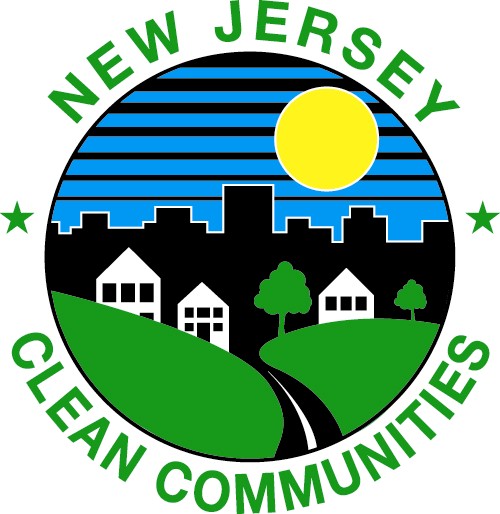
Clean Communities in the Borough of Sayreville
Keep Sayreville Litter Free!
The Borough of Sayreville’s Recycling Department along with the New Jersey Clean Communities program is focusing on the cleanup of litter and changing the attitudes of those who litter through education.
The New Jersey Clean Communities program is a state-wide litter abatement program that focuses on the cleanup of litter, enforcement and changing the attitudes of those who litter through education.
We are working with the Clean Communities program to "clean it up", "green it up" and "Keep Sayreville Beautiful." In order to promote this initiative, the Borough of Sayreville Recycling Department is offering a limited number of mini-grants for non-profit organizations from April to October.

SAYREVILLE CLEAN COMMUNITIES PROGRAM
The Sayreville Clean Communities program is part of a statewide strategy to clean and prevent litter on streets, beaches, waterways, parks, recreation sites and vacant lots. Clean Communities Grant funding is used for educational programs, supporting clean up events and implementing adopt-a-road and mini-grant programs.
Tackling the Litter Problem
What is litter? Litter is solid waste that's out of place. It's the kind of trash found on highways, lakefronts, parks and school grounds. Litter takes many forms: paper, plastics, metal cans, cigarette butts, glass, food packaging, tires and graffiti.
Where does it come from? There are seven sources of litter: pedestrians, motorists, overflowing household garbage, construction sites and uncovered trucks. Litter is often blown by the wind until it is trapped somewhere, as along a fence.
Why do people litter? People tend to litter when they think someone else will clean up, when an area is already littered, and when they do not feel a sense of ownership or community pride.
Why is litter a problem? Even small amounts of litter are unsightly, unhealthy and dangerous. Litter causes blighted landscapes resulting in an increase in taxes and a decrease in tourism and industry; loss of civic pride and morale; and a negative public image. Litter can also cause disease in people and animals, fires, and accidents, especially on roadways.
How are we solving the problem? County residents and different organizations are enlisted as volunteers to help with cleanup events. At these cleanup events we offer education to volunteers while they pick up litter so they can fulfill being environmental stewards. With education, habits and acts of littering can be changed! The Burlington County Clean Communities program also offers litter education in schools, county road clean up projects, and more! This office does offer assistance to municipal clean communities coordinators and their projects.
IMPORTANT LINKS
State NJCC Website: www.njclean.org
NJDEP Single Use Plastics Website: https://www.nj.gov/dep/plastic-ban-law/
Sign Up for NJCC Newsletter: https://njclean.org/register-for-web-news
Recycling Games and Information







